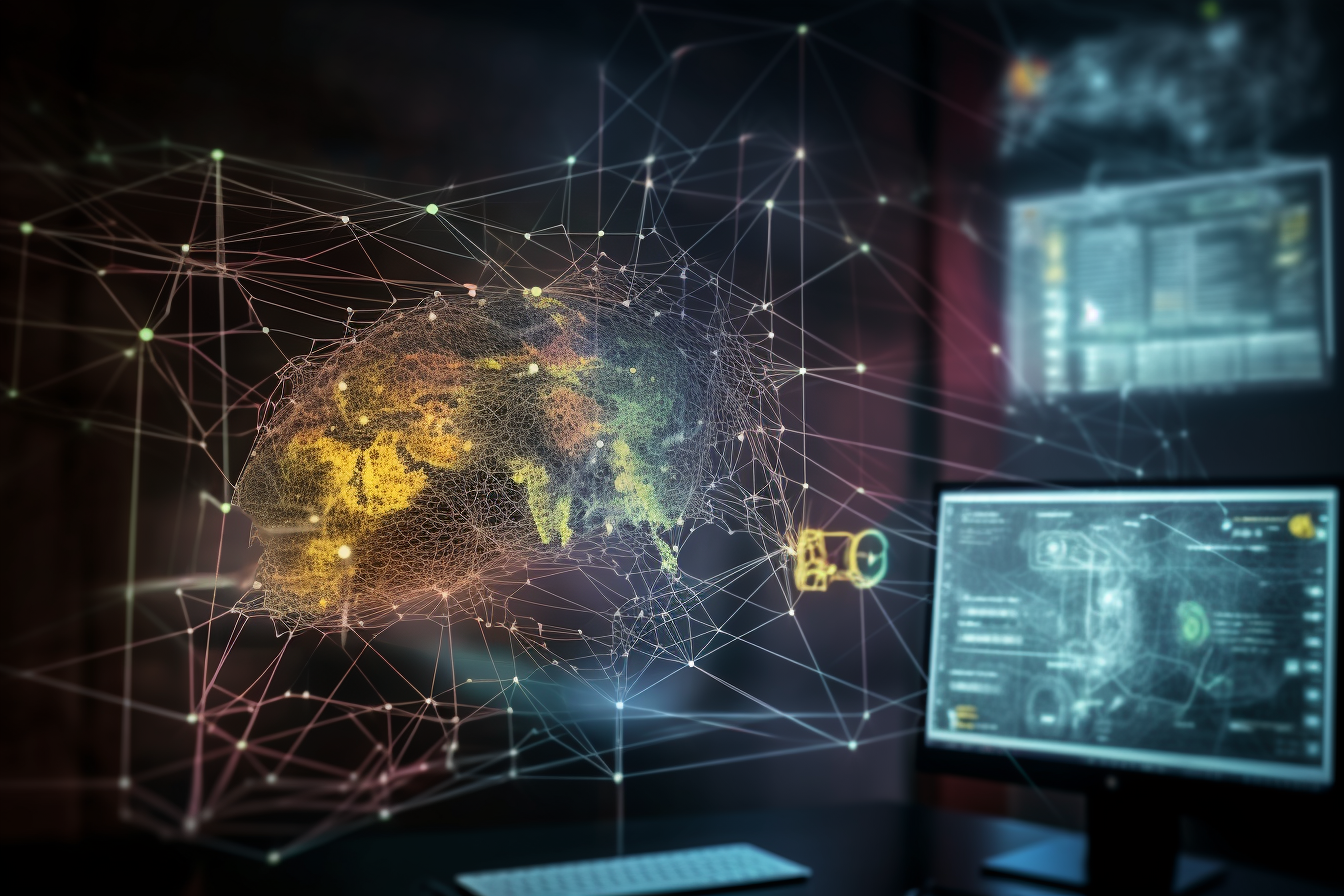What are Large Language Models?
Large Language Models (LLMs) are advanced computer programs designed to understand and communicate like humans. As technology progresses, these models become more sophisticated, developing new skills and abilities that allow them to be more versatile and effective in various tasks.
Why do LLMs Develop New Skills or Abilities?
Several factors contribute to the development of emerging abilities in LLMs:
Improved Algorithms
Over time, researchers and engineers develop better algorithms for LLMs, enhancing their ability to understand complex language patterns, analyze data, and make predictions. These improvements result in models that are more capable of learning and adapting to various tasks.
- Example: A new algorithm is developed that enables an LLM to efficiently process large amounts of text data.
- Impact: The model becomes faster and more accurate in its ability to understand language patterns and relationships.
Larger Training Data
The growth of digital content provides LLMs with a broader and more diverse range of data to learn from. This data enables them to better understand language, context, and different domains, which in turn allows them to develop new abilities and expertise.
- Example: A large corpus of text is created, including a wide range of genres, styles, and languages.
- Impact: The model becomes more proficient in understanding nuances of language and context.
More Powerful Hardware
Advances in computing power and hardware enable LLMs to process larger amounts of data more quickly and efficiently. This increased processing capacity helps the models to learn more effectively and develop new skills.
- Example: A new generation of high-performance computing hardware is released, allowing for faster processing of large datasets.
- Impact: The model can now analyze vast amounts of text in a matter of seconds, enabling it to learn and adapt at an incredible pace.
Transfer Learning
LLMs can benefit from transfer learning, which means they can apply the knowledge and skills learned in one context to other, related tasks. This ability enables the model to generalize its knowledge and apply it to new situations.
- Example: A model is trained on a specific task, such as language translation.
- Impact: The model can now be applied to similar tasks, such as text summarization or question-answering.
Emerging Abilities in LLMs
The combination of improved algorithms, larger training data, more powerful hardware, and specialized techniques enables LLMs to develop a wide range of emerging abilities. Some key concepts contributing to the development and performance of LLMs include:
In-Context Learning
In-context learning refers to the ability of an LLM to learn from examples and context provided within the text it processes. As the model processes and analyzes vast amounts of text, it picks up on patterns, relationships, and context that help it better understand language and perform various tasks.
- Example: A model is trained on a dataset of text, including examples of sentiment analysis.
- Impact: The model becomes proficient in detecting sentiment and can now apply this knowledge to new situations.
Zero-Shot Learning
Zero-shot learning is a phenomenon where an LLM can perform a task it hasn’t been explicitly trained for. This is possible because the model has learned to generalize its knowledge from the training data and apply it to new, unseen situations.
- Example: A model trained primarily on English text might still be able to translate between two other languages it has encountered during training.
- Impact: The model can now perform a wide range of tasks without explicit instruction.
Chain of Thought
LLMs have the ability to maintain a chain of thought, allowing them to follow and understand complex ideas or conversations across multiple sentences or paragraphs. This ability helps the model to better comprehend the context and meaning of the text, which in turn enables it to perform tasks like summarization or question-answering more effectively.
- Example: A model is trained on a dataset of text, including examples of complex conversations.
- Impact: The model becomes proficient in understanding nuanced language and can now apply this knowledge to new situations.
Multi-modal Learning
Multi-modal learning refers to the ability of an LLM to process and understand data from multiple sources or formats, such as text, images, and audio. This allows the model to gain a more comprehensive understanding of the data it encounters, enabling it to perform tasks that require the integration of different types of information.
- Example: A model is trained on a dataset of text and images.
- Impact: The model becomes proficient in understanding complex relationships between text and images, enabling it to generate descriptive captions based on image content.
Conclusion
Large Language Models develop emerging abilities through a combination of sophisticated algorithms, vast training data, powerful hardware, and specialized techniques. As these models continue to evolve and improve, they become capable of learning and performing a wide range of tasks, often without explicit instruction. These emerging abilities have the potential to revolutionize various industries and applications, making LLMs an essential tool in the rapidly advancing field of artificial intelligence.
References
- Overview of Transformer models: https://jalammar.github.io/illustrated-transformer/
- Comprehensive Guide to Transfer Learning: https://ruder.io/transfer-learning/

